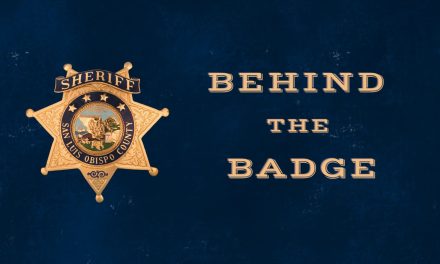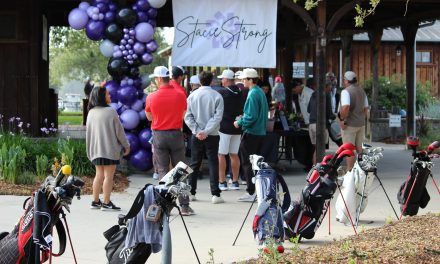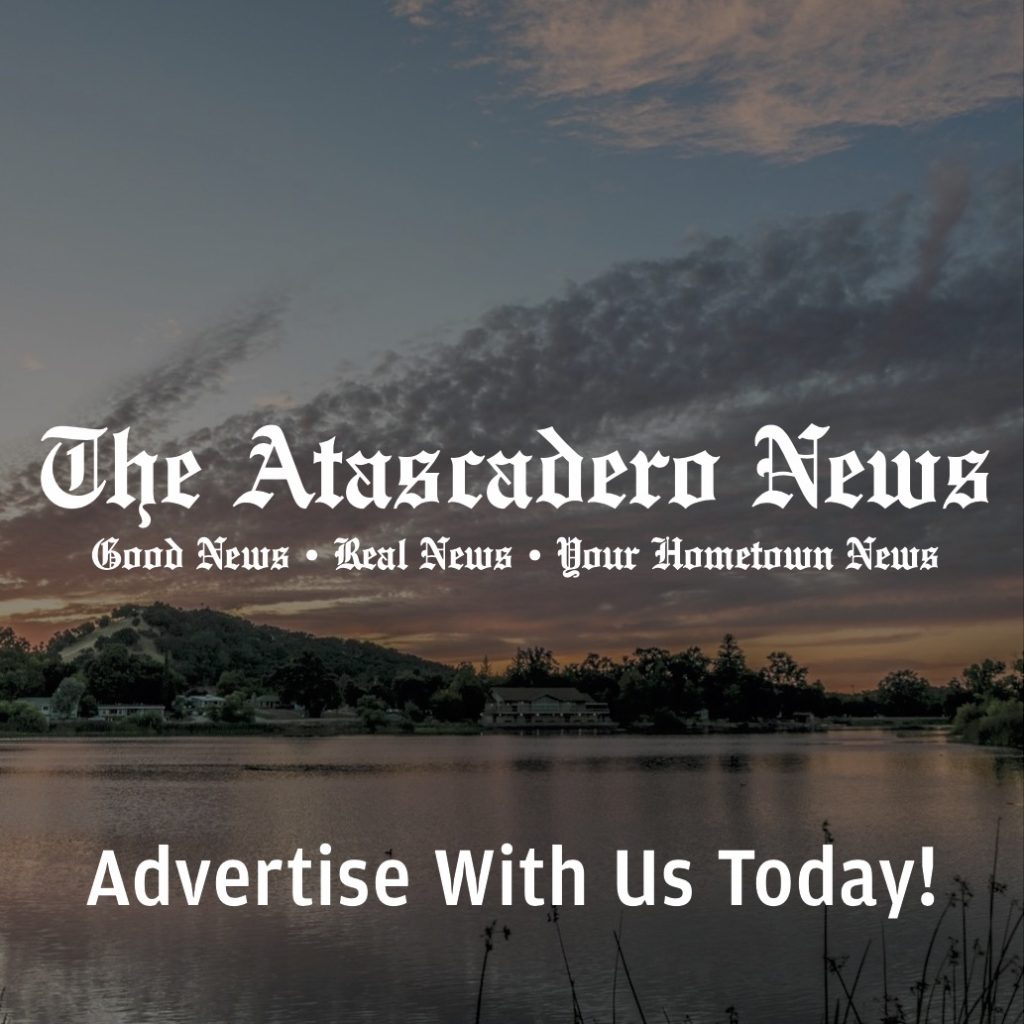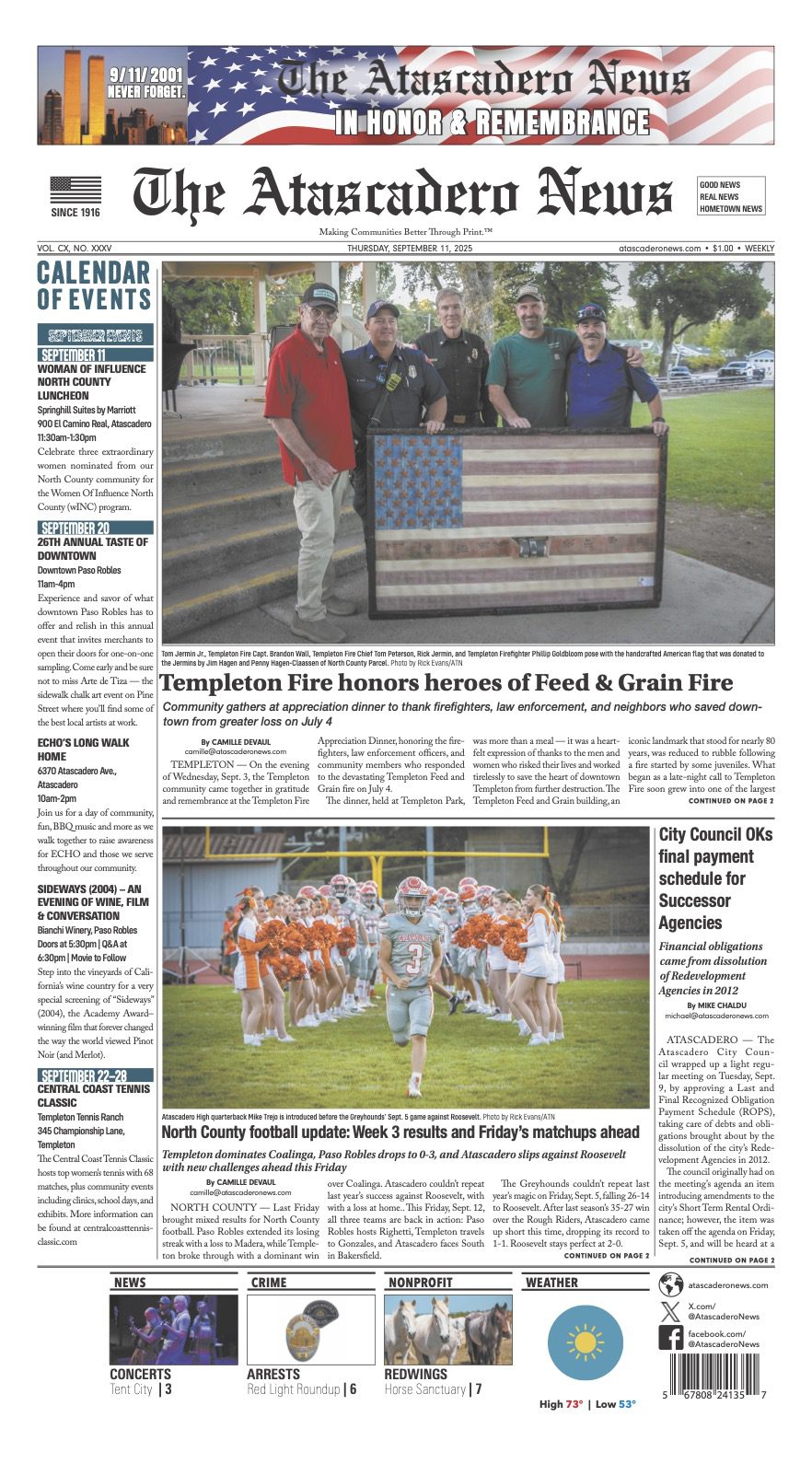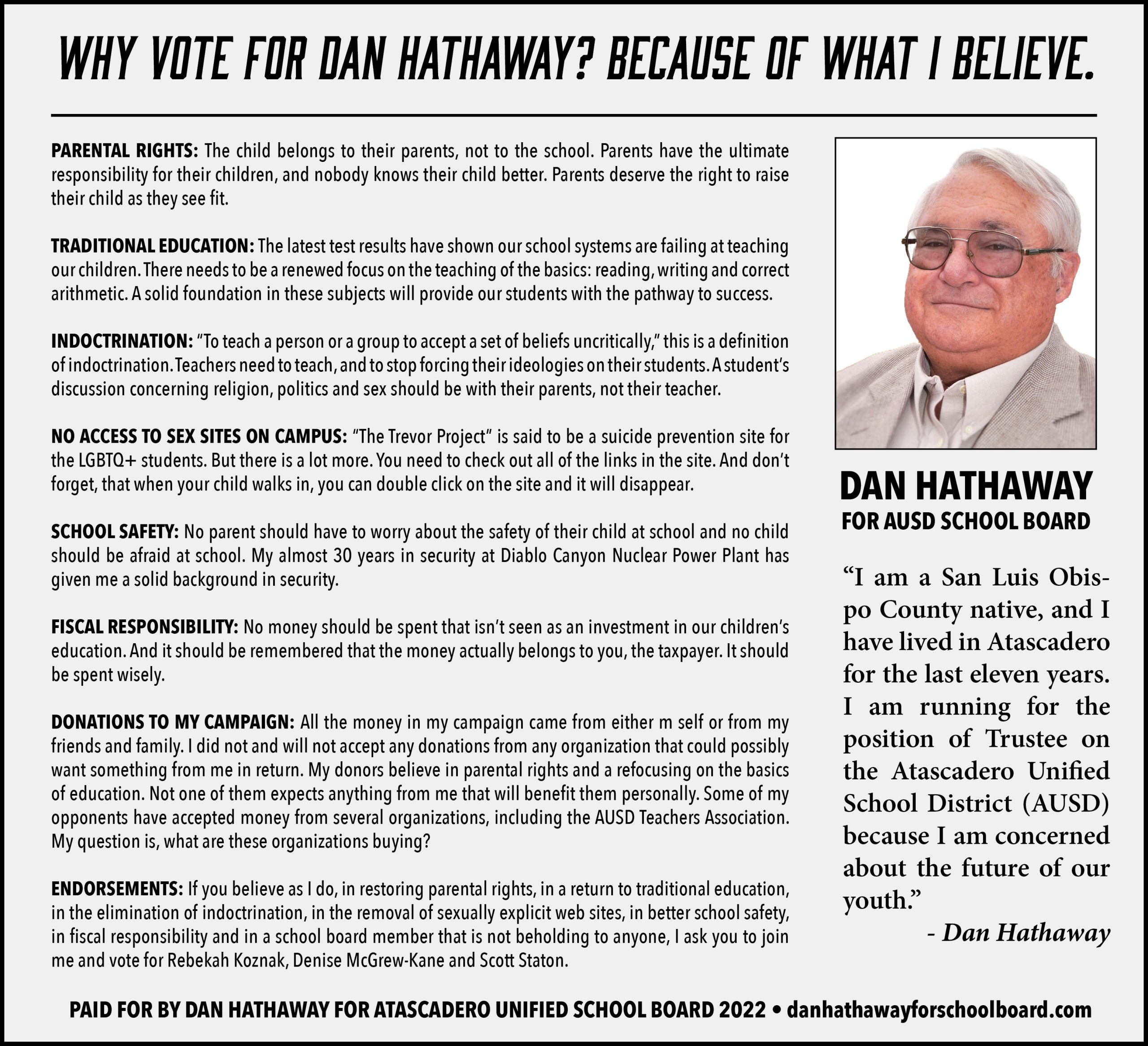Millions of families from diverse religious backgrounds entrust their children’s education to our nation’s public schools. Employees need to be fully informed about the constitutional and educational principles for understanding the role of religion in public education.
According to religious scholars, the phrase “separation of church and state” was initially coined by Baptists striving for religious toleration in Virginia, whose official state religion was then Anglican (Episcopalian). Baptists thought government limitations against religion were illegitimate. James Madison and Thomas Jefferson reportedly championed their cause. During the American holiday season, tax-payer-funded schools often face the “December Dilemma.” Confusion occurs during the holidays because the issue of religious expression in public schools becomes more visible in some situations. Questions about using religious icons, sacred music, and specific decorations in the classroom place the matter of “separation of church and state” before students, parents, faculty, staff, administration, and community members.
The preamble of the Act Establishing Religious Freedom in Virginia (1786) affirms that “the Author of our Religion gave us our ‘free will.’” Moreover, He “chose not to propagate it by coercions.” This legislation did not diminish religious influence on government because it also provided stiff penalties for conducting business on the Sabbath. Legal experts and scholars contend that the Constitution does not inhibit public displays of faith. At the Constitution’s ratification, the early Republic even welcomed public worship. Church services were held in the U.S. Capitol and Treasury buildings every Sunday. Many federal buildings contain imagery that remains unmistakably biblical. So, where does this leave our government-funded public schools?
Academics and lawyers advise that when public schools hold celebrations, they should try to accommodate diverse faiths during the holiday season. Students cannot be forced to participate in any event that offends their religious beliefs. Legal experts recommend accommodations, including different customs, various songs, and varied traditional foods at parties or other in-school events. However, assemblies dominated by religious activity may raise Constitutional concerns. Three major principles form the United States Supreme Court’s consensus on teaching about religion in public schools: 1) The court has indicated that studying religion in public schools is constitutional. 2) Including the study of religion is vital for student education about history and cultures. 3) Religions must be taught objectively and neutrally.
The Supreme Court has determined that schools may celebrate the holidays and create displays as long as they do within “the context of the Christmas season,” and the religious component of their display does not dominate the secular status in our society. Lynch v. Donnelly, 465.U.S. 668, 679, and 691 (1984). Under this ruling, a Christmas tree would be appropriate, while a cross or a nativity scene would not. Crosses and nativity scenes are religious symbols that have not gained the same secular status in our society as a Christmas tree. Religious icons present a constitutional dilemma when visible in public displays. Even the most experienced school officials struggle with balancing the legal conditions, past practices, and community expectations.
The government should try to acknowledge the appropriate recognition of religion in American society and avoid encouraging particular religious beliefs. The framers held that church and state are distinct in that the federal government should not elevate one denomination over others. Nor can the government or the citizenry usurp divine authority by joining politics with the church. Faith should remain a personal matter, not a civil contract tainted by politics. Our founders wrote about the importance of religion and how freedom of religion is vital. It is an honor to serve as your County Superintendent of Schools.
ATASCADERO NEWS MAGAZINE
Copies of Atascadero News Magazine are directly delivered to 11,500 readers in zip codes 93422, 93432, and 93453 and 1,500 dropped with support from advertisers and subscribers. Together, we are Making Communities Better Through Print.™
To subscribe or advertise, click here.




